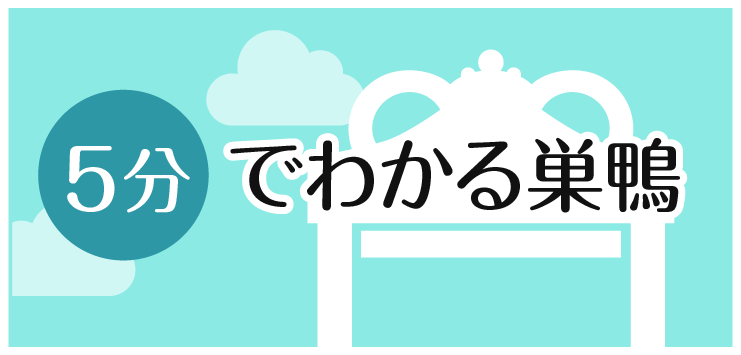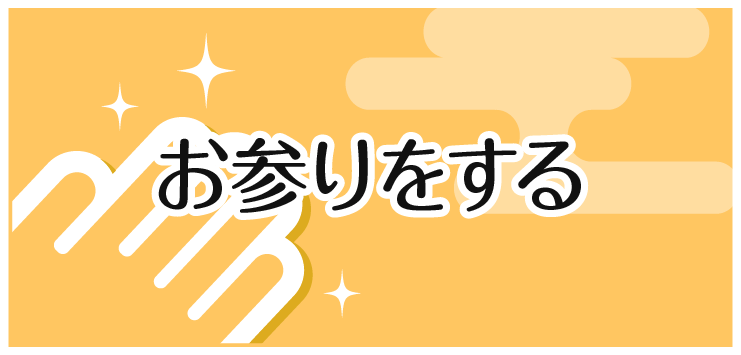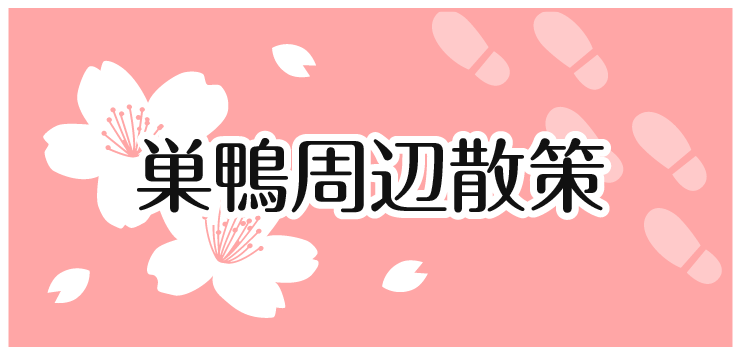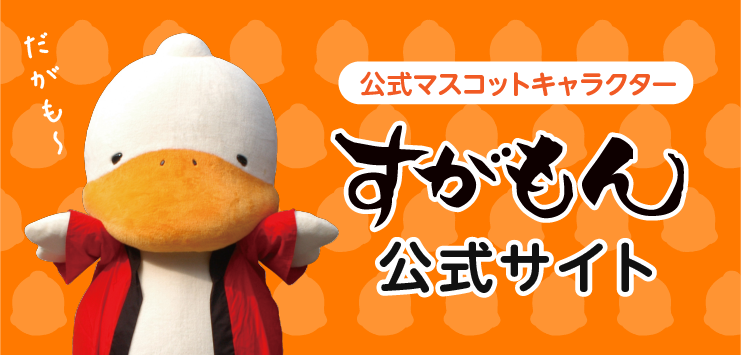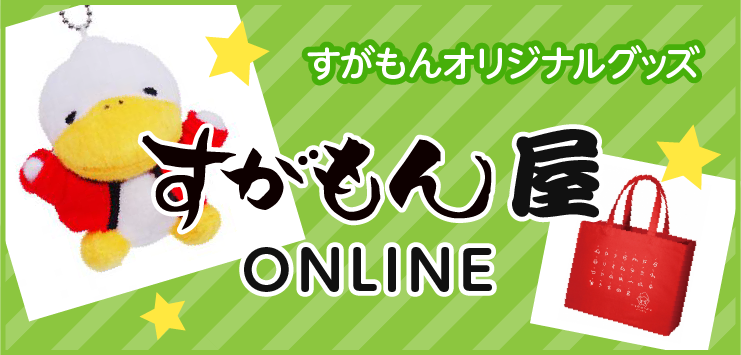Stroll around
The area surrounding Sugamo Jizou-dori Shopping Street contains many historical sites. Why not stretch your legs and take a relaxing stroll around?
- Rikugien Garden
- The Former Furukawa Garden
- Asukayama Park
- Somei Cemetery
- Enmei Jizouson
- Honmyoji Temple
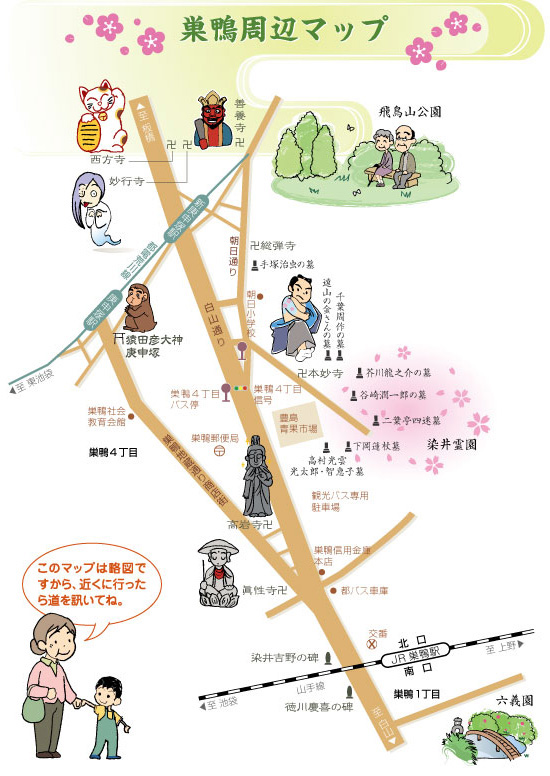
Download Enlarged Map of Sugamo’s Surrounding Area[PDF:2.28MB]
Rikugien Garden
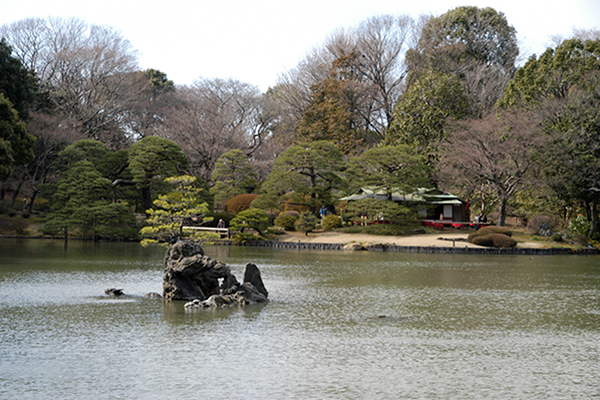
Rikugien Garden, a nationally-designated Special Place of Scenic Beauty, has lush green scenery and a large pond, almost enough to make you forget that you are right in the center of the metropolis. It is a traditional Japanese garden (strolling-style garden with a pond and artificial hill) centered around the pond and artificial hill, constructed in 1702 by Yanagisawa Yoshiyasu, lord of Kawagoe Domain, who served Tokugawa Tsunayoshi, the fifth-generation Shogun.
The origin of the garden’s name is said to derive from the six forms of Shi Jing, the oldest form of Chinese poetry: function (feng, ya, song) and expression (fu, bi, xing). Famous for its weeping cherry trees, azaleas, and autumn foliage, Rikugien Garden is particularly popular with visitors during the periods of the weeping cherry blossoms and the autumn colors, which are illuminated at night. The garden is around fifteen minutes’ walk from Sugamo Station. If fifteen minutes’ walk after shopping seems like hard work, it is convenient to use Komagome Station, which is one stop along from JR Sugamo Station on the Yamanote Line. Rikugien Garden is around five minutes’ walk from Komagome Station.
The Former Furukawa Garden
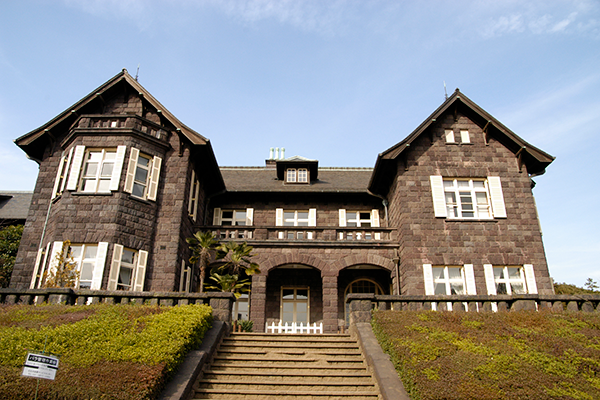
The Former Furukawa Garden was the holiday villa of Mutsu Munemitsu, an elder statesman of the Meiji era. When Mutsu’s eldest son was adopted by Furukawa Zaibatsu, the villa became the property of the Furukawa family. Unfortunately, the original building no longer exists. The present Western-style building and garden were designed by the Englishman Josiah Conder, who also worked on the Rokumeikan and the Tokyo Holy Resurrection Cathedral (also known as Nikolai-do). The garden is significant for its preservation of the early Taisho-era prototype style of gardens, and is one of the rare remaining examples in Japan. It is a nationally-designated Place of Scenic Beauty.
In addition, there are many varieties of rose growing in the garden, including Royal Princess, dedicated to Princess Aiko. As a result, it is also famous as a rose garden. Please note that permission to view the interior of the house must be applied for in advance. For details, please inquire to the Otani Art Museum (03-3910-8440).
Asukayama Park
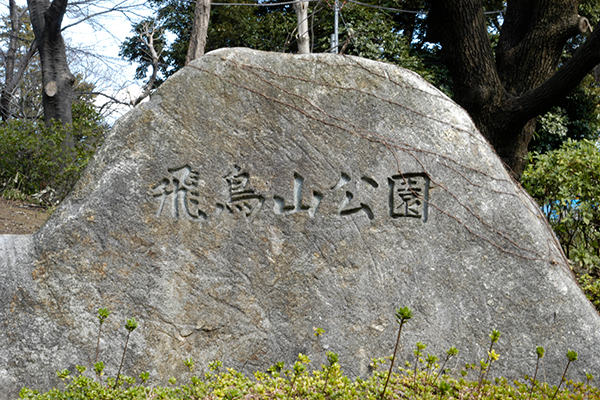
Asukayama Park was said to have been established by the instruction of Tokugawa Yoshimune, the eighth-generation Shogun, to plant 1,270 wild cherry trees in order to turn this area into a blossom-viewing spot for the commoners of Edo. At the time, commoners could only view cherry blossoms at the riverbank of Mukojima or at Asukayama, and blossom-viewing parties were said to be the talk of the town during the spring season. Such scenes were conveyed through Hiroshige’s woodblock prints, and rakugo storytelling.
In later years, Asukayama was designated Japan’s first official park in 1873, and at present, around 650 cherry blossom trees can be seen across the whole of Asukayama. In the children’s playpark, there is a steam locomotive and a 6080-series streetcar on display.
Somei Cemetery
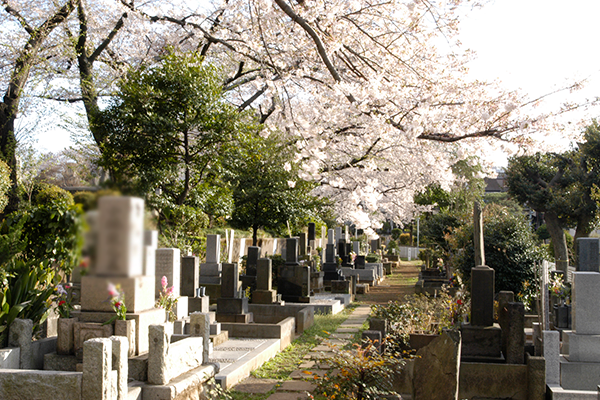
Somei Cemetery was built on the former site of the estate of the lord of Hayashida Domain in Banshu. Its name derives from a spring named Somei which existed on the site. The Somei Yoshino variety of cherry, which is widely known as the classic example of Japanese cherry blossoms, was developed here when a colony of cherry trees was planted and improved by gardeners from the late Edo period to the early Meiji period.
The site later became a cemetery operated by Tokyo Metropolis. Many famous people were laid to rest here, including Tenshin Okakura, Teishimei Futaba, and Kotaro and Chieko Takamura.
Enmei Jizouson
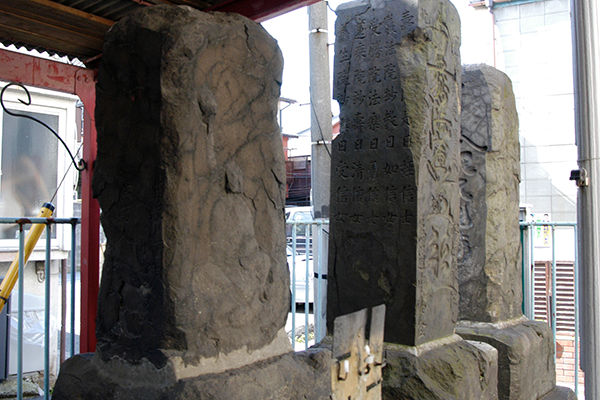
Enmei Jizouson was erected around 170 years ago (during the Bunsei era), and was relocated to its current location around 80 years ago. At the time, travelers along the Nakasen-do highway, one of the Five Highways of Edo, were sure to take a break at this spot.
The statues were erected in memory of the spirits of people and their horses who died in this area. Since then, a memorial service is held here every year on August 24 in prayer for peace and happiness of all mankind. Although the surface of the Jizou statues has chipped away over the years by the war and other damage, their appearance can still be discerned.
Honmyoji Temple
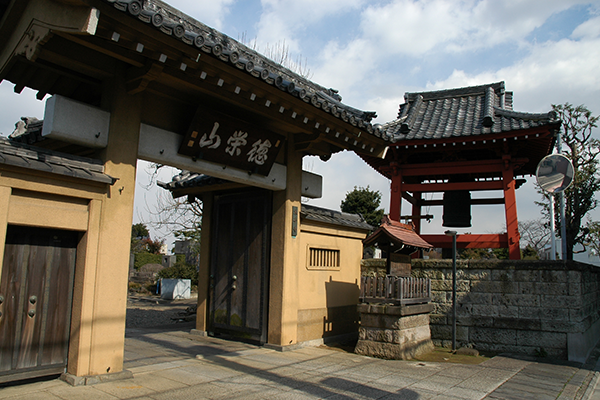
A temple of the Hokke sect of Nichiren Buddhism, Honmyoji Temple stood in Hongo Maruyama until it was moved to its current location in 1910.
The temple was said to be the origin of the “Great Fire of Meireki” (also known as the Furisode Fire) which occurred in 1657, and is known as the worst fire in Japanese history, with the loss of around 108,000 lives. However, in reality, the Bakufu government ordered the temple’s name to be disgraced by announcing it as the source of the fire.
The graves of Toyama “Kinshiro” Kagemoto, known as Toyama no Kin-san, and Shusaku Chiba can be found here.


